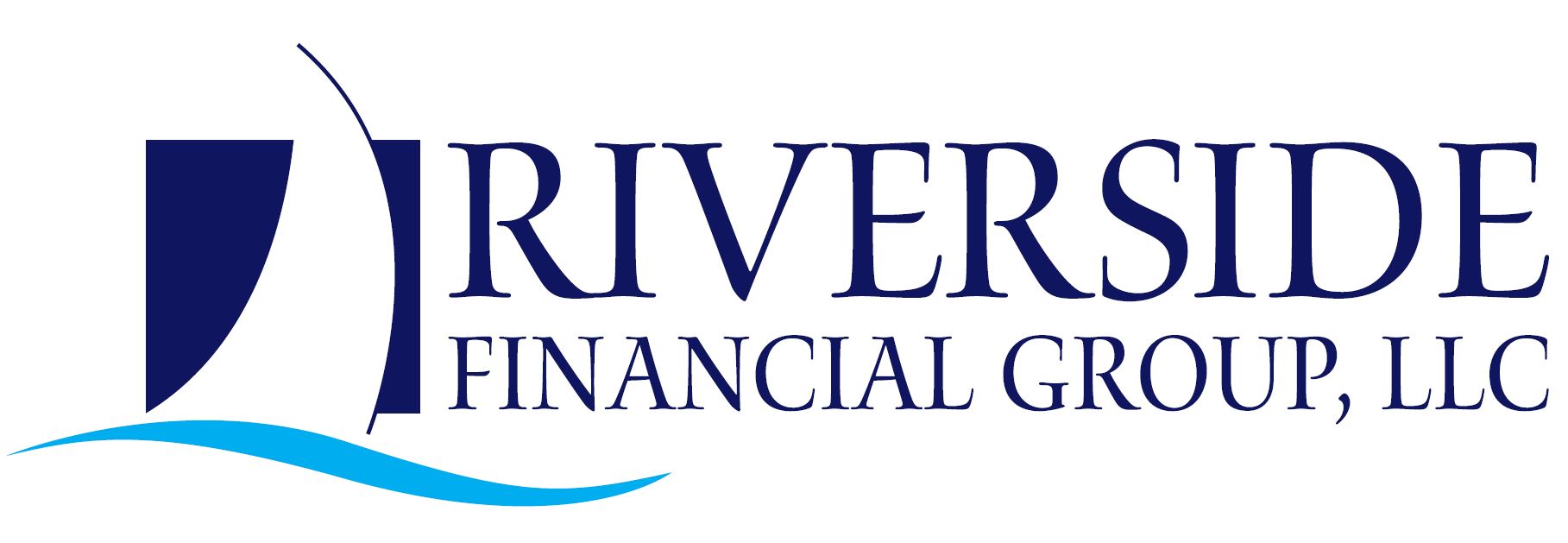? U.S. growth stocks had more room to move higher, now they are grossly overvalued.
? Rising interest rates was the greater risk, now they have fallen all the way back.
? International equity returns were trouncing the U.S., now foreign stock markets are to be avoided.
? The U.S. was in the midst of an energy renaissance, now oil rigs are shutting down.
…and each of these reversals of fortunes and sentiment, misplaced in certain cases, has occurred in the last four to six months!
As a result, diversified portfolios are now slightly above or below flat line for the year. This seems fitting given the fact that the U.S. stock market has been above or below flat line more times this year than in any year since 1994. A variety of asset classes have taken a turn leading the performance charts, only to have their underlying investment theses called into question.
The reason for this apparent market schizophrenia is quite simple, and not particularly worrisome; the market was priced for a global expansion, and instead hit a soft patch- both in terms of GDP and corporate profit growth. Now we are experiencing an uncomfortable but necessary repricing.
In the face of this renewed volatility, few of our portfolio strategies have changed. In fact the outlook for several portfolio components has improved recently:
 U.S. growth stocks are “overextended”, but the asset class is the engine for portfolio growth and will be better priced as the market corrects.
U.S. growth stocks are “overextended”, but the asset class is the engine for portfolio growth and will be better priced as the market corrects.
























Bond prices have improved recently, with interest rates backing down, but the 3-5 year outlook for bond market returns and income yields still look very thin and we do not see much opportunity, other than providing a safe harbor during a stock market correction.
The fundamentals in most of the economies in which we invest are improving, just not necessarily as fast as we would like. It was interesting to see that the most recent U.S. durable goods orders came in stronger than expected –particularly in the all-important business spending category. Yet, even in the face of positive economic reports, the market’s direction is lower – perhaps ultimately more than deserved. A six-year bull market needs a break. Accordingly, we intend to handle the current market swoon by investing portfolio reserves, and in some cases reallocating bond exposure, into high quality equities that have come down in price. This is how you establish future returns.
These are the opinions of Riverside Financial Group, LLC and not necessarily those of Cambridge, are for informational purposes only, and should not be construed or acted upon as individualized investment advice.

Recent Comments